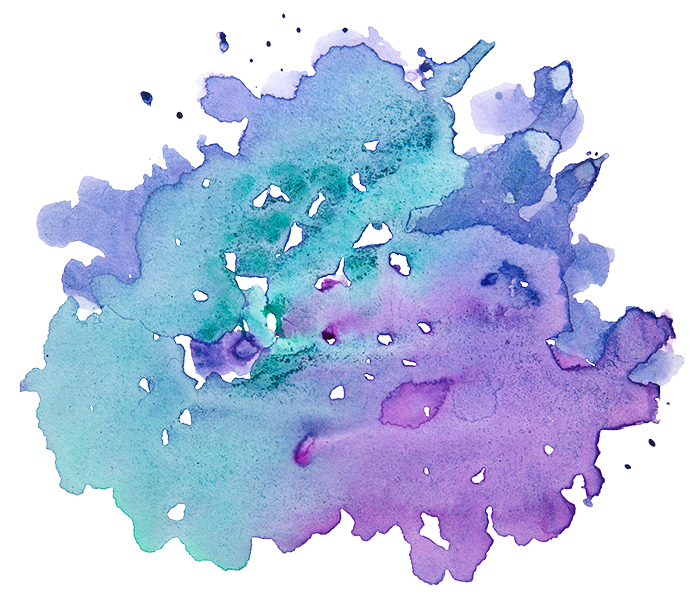by Ilana Snapstailer
 “What on earth are they going to do for two hours at a mikveh?!” asked a parent. The truth is, I was not entirely sure, but upon many recommendations, I scheduled a visit to Mayyim Hayyim with my girls.
“What on earth are they going to do for two hours at a mikveh?!” asked a parent. The truth is, I was not entirely sure, but upon many recommendations, I scheduled a visit to Mayyim Hayyim with my girls.
I am not yet a mother. “My girls” refers to the group of 7th graders who meet with me monthly for a “Rosh Hodesh: It’s a Girl Thing” group at Kesher Newton. Once a month we come together and giggle, chit-chat, have deep discussions, explore Jewish concepts and themes -particularly those relating to life as a 7th grader, and we make life-long friends.
When we entered Mayyim Hayyim we were greeted by the Mikveh and Education Director, Lisa Berman, one of the most talented educators I have ever encountered. Over dinner on the “dry side,” she immediately made my girls feel at ease. She seemed to be an expert in talking to 7th graders, as she asked them about their schools, hobbies, interests. Finally, it became the time to get to business: let’s learn about the mikveh.
I am no stranger to the concept of mikveh. I grew up going to Chabad synagogues and learned about mikveh often. In what my mother might have called a “phase,” I was an avid 15-year-old reader of Chabad books like “To be a Jewish Woman” by Lisa Aiken and “Total Immersion” by Rivka Slonim. I even used the mikveh for the first time just weeks ago before my wedding. What I could not possibly understand was how Lisa was going to explain the concept of women’s monthly immersion (niddah)to this group of modern, bright girls before her. Kesher Newton is, after all, a pluralistic after-school program consisting of kids from all different backgrounds (Reform, Conservative, unaffiliated, traditional, secular). How would my girls relate to this concept, which I only knew through one (very traditional) lens?
True to the spirit of Mayyim Hayyim’s mission, Lisa did an extraordinary job explaining about the mikveh. My girls (and I) learned about the meaning of living waters. How Judaism says they spark transformation. We learned that at Mayyim Hayyim there are many reasons people use the mikveh: new job, illness, marriage, b’nai mitzvah, gender change, moving, conversion…you name it. The mikveh suddenly came alive as an important ritual to Jewish people of all backgrounds.
We toured the “wet area” and the girls had fun exploring. At first the questions were benign. Doesn’t the water evaporate? What is the temperature of the water? (we took the temperature…95 degrees, as promised!). Then it came…“I heard that some women go to the mikveh once a month…why?”
I held my breath. Once again, Lisa did an excellent job. She was able to read the maturity level of my girls, when she answered shared, “some women refrain from being intimate with their partners while they are menstruating. At some point after a woman’s cycle is complete, she and her partner reunite, so they come to the mikveh to mark that change.”
I was absolutely blown away with the spirit of openness, inclusiveness and pluralism, to everyone -including those who choose a more Orthodox lifestyle.

 My absolute favorite moment was when Lisa was teaching us about how Mayyim Hayyim is accessible to people with disabilities. Lisa asked the girls, “Why might someone with a disability use the mikveh?” One of my 7th graders said very matter-of-factly, “the same reason anyone else would use a mikveh!” She did not quite understand why it was even a question.
My absolute favorite moment was when Lisa was teaching us about how Mayyim Hayyim is accessible to people with disabilities. Lisa asked the girls, “Why might someone with a disability use the mikveh?” One of my 7th graders said very matter-of-factly, “the same reason anyone else would use a mikveh!” She did not quite understand why it was even a question.
Our visit went beyond our expectations and has taken the mystery out of the mikveh for both my students and for me. Some of my girls even indicated they would like immerse one day. A huge thank you to Lisa and the entire Mayyim Hayyim staff for the important work you do so well.
Ilana Snapstailer is a Jewish educator and the Executive Director of Kesher Newton. She lives in Cambridge with her new husband and disability rights advocate, Avner Fink.


Barbara Kline
I’ll bet some of these girls return to immerse before their Bat Mitzvah. What beautiful opportunities await them.
Sent from my iPhone
>
Gail
Great article. Insightful” girls” with a terrific teacher!
Patti Grossman
Lisa, it is a privilege to have you at Mayyim Hayyim as you share your knowledge and warmth with others.
Kate Friedman
Great work, ilana!! I want to hear more about what you do.
Is that Lisa Bierman from Portland, Oregon? I knew someone by her name!